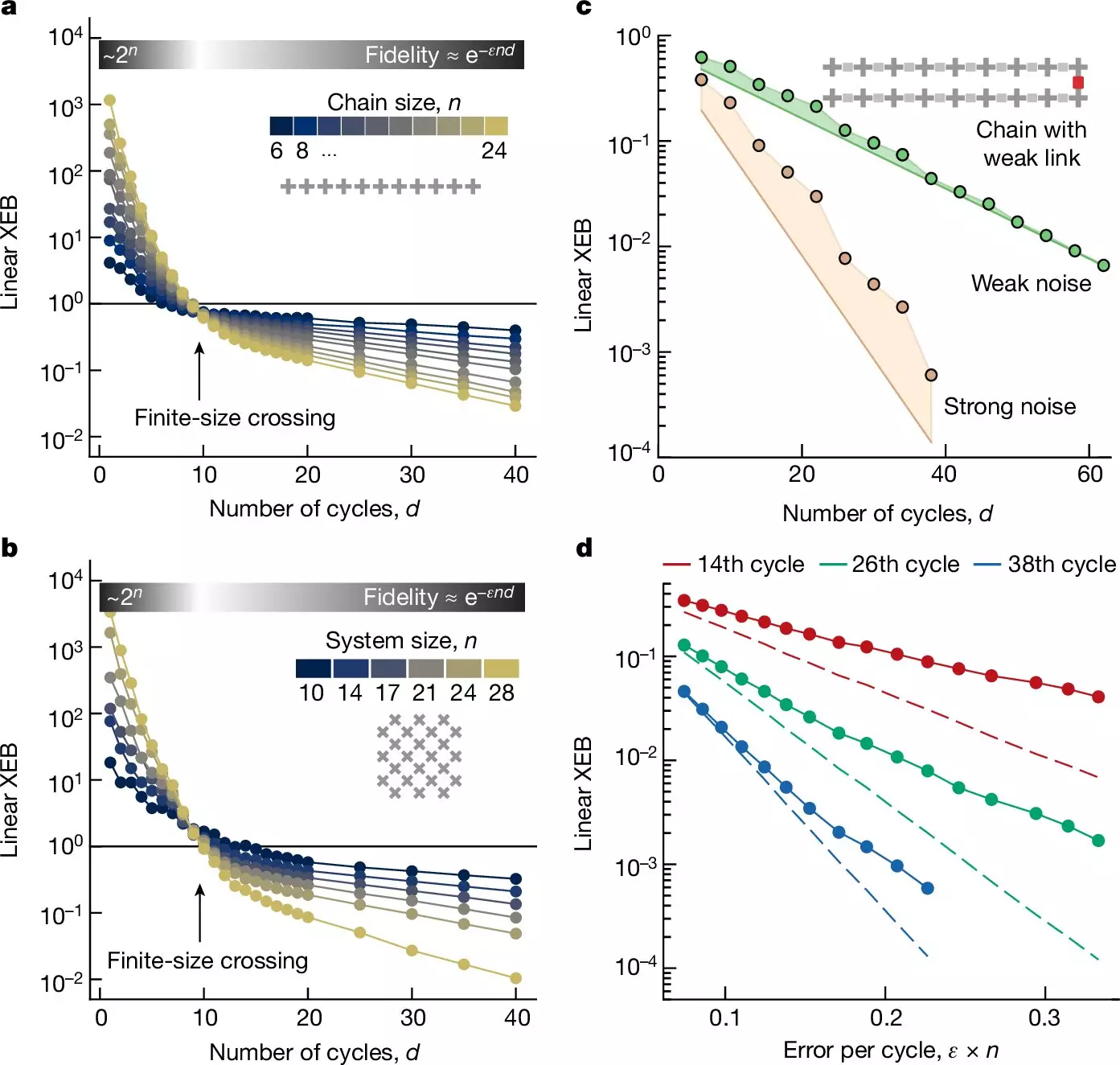Over recent decades, the quest for a practical quantum computer has ignited the imaginations of scientists, engineers, and the tech industry alike. Despite the promise of quantum mechanics to perform computations impossible for classical computers, researchers have continually hit a wall of environmental noise that wreaks havoc on the delicate operations of quantum systems. The pursuit of a quantum solution capable of tackling equations that would take classical supercomputers millennia to resolve has remained elusive. Yet, in a recent breakthrough, a team at Google Research has illuminated a path forward by significantly reducing the noise interference that hampers quantum computations.
The research team, comprising engineers, physicists, and experts in quantum mechanics, discovered that by fine-tuning their operational conditions, they were able to enhance the efficacy of the Sycamore quantum chip. Their work, published in the prestigious journal Nature, reveals that maintaining a nearly noise-free environment can enable quantum chips to outperform classical systems in random circuit sampling (RCS) tasks. This finding is a pivotal development in the realm of quantum computing, lending credence to the idea that advancements can be made, even when the foundational challenges of quantum noise persist.
Environmental noise—stemming from variables such as temperature fluctuations, magnetic interferences, and cosmic radiation—has long plagued the advancement of quantum computing. Traditional approaches have primarily focused on error correction techniques that attempt to mitigate errors after they occur. However, Google’s research is a significant pivot in the discourse. By proactively minimizing noise, the team found themselves reducing error rates from an impressive 99.4% to an even more astounding 99.7%. Such subtle enhancements led to substantial improvements in the chip’s performance, marking a critical inflection point where quantum systems could finally claim a “quantum advantage.”
The implications of these advancements are profound. The ability to achieve higher levels of performance with reduced noise underpins the potential for quantum algorithms to address complex real-world problems that complex classical computations cannot efficiently solve. The implications of this research extend beyond mere academic curiosity; they could revolutionize industries by resolving intricate systems in fields such as cryptography, materials science, and complex systems modeling at unprecedented speeds.
In summation, Google’s breakthrough in noise reduction illustrates a significant step towards realizing the ambition of functional quantum computing. While challenges remain, the diligent efforts of researchers to manipulate the quantum environment wisely signal that the dream of a truly operational quantum computer is inching closer to reality. The convergence of innovative algorithms and enhanced processing capabilities presents exciting prospects for future investigations in this remarkable and evolving field.

